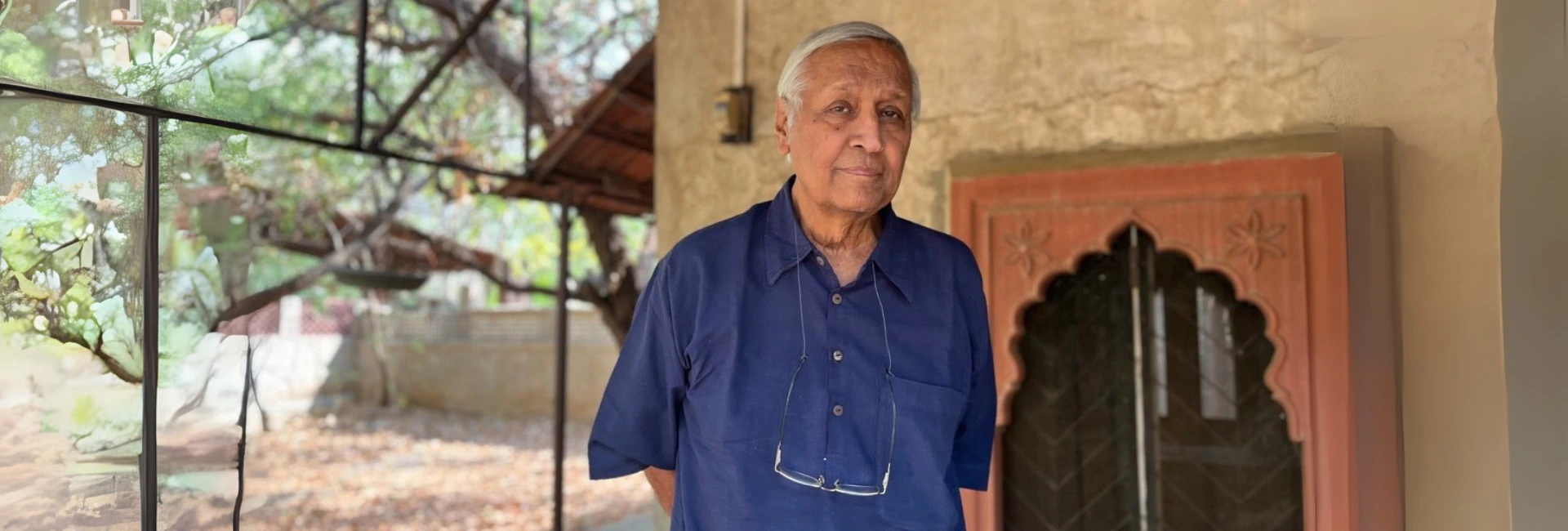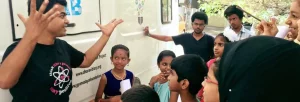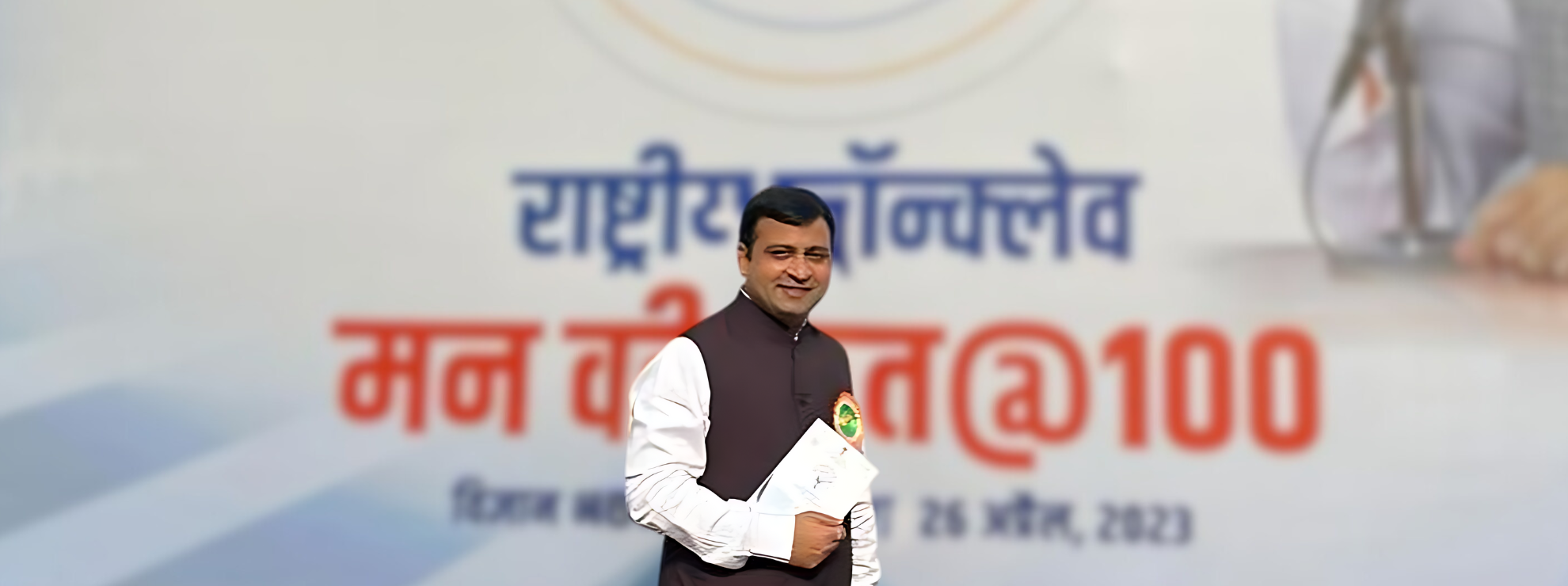(May 28, 2025) When Sanjit “Bunker” Roy graduated from one of India’s elite institutions in the late 1960s, his life’s path seemed preordained towards a stable career in diplomacy or civil service, the kind of future most Indian families would cherish. But in 1967, a famine in Bihar nudged his curiosity and conscience into unfamiliar territory. “I went out of curiosity,” Roy recalled, “to see another part of India.” What he saw forever altered the path of his life.
From that moment, Roy turned his back on privilege. Disowned by his family for embracing the life of a grassroots worker, he spent five years in Rajasthan’s Ajmer district, blasting wells alongside local labourers. But more than the physical labour, it was the wisdom of the rural poor that transformed him. “My real education started then,” he said. “I lived under the stars and heard stories of skills and knowledge that no university could ever teach.”
Out of that personal awakening, the Barefoot College was born in 1972. It’s an institution dedicated to turning traditional hierarchies on their head by recognizing the power, wisdom, and potential of the rural poor. Guided by Roy’s philosophy of thinking globally while acting locally, the institution has led to grassroots empowerment and sustainable, community-led development worldwide for more than 50 years now. The changemaker was honoured with the Padma Shri award in 1986.
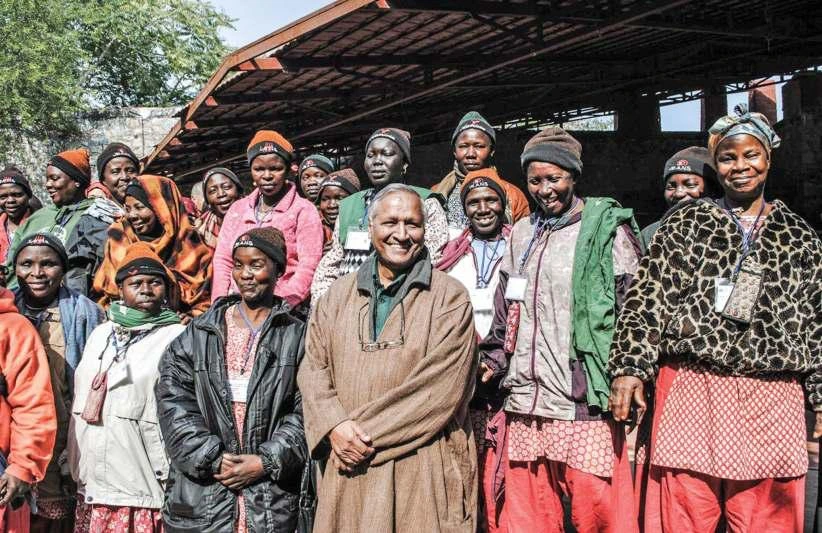
Bunker Roy with rural African women during a solar engeering training programme, a few years back
Touching lives in 93 countries and counting
Over the decades, what began as a single experiment in Tilonia, Rajasthan, has blossomed into a global grassroots movement spanning 93 countries. With a model that champions hands-on learning, self-reliance, and community-led development, the Barefoot College has trained over 3,500 solar mamas (rural women trained to become solar engineers), empowered more than 5,000 women through its Enriche program, and installed 175,000 solar systems in remote villages. Its programs have directly impacted the lives of over 2.4 million people, offering a decentralized, dignified approach to education and livelihood that continues to challenge conventional models of development.
We have shown that solar-electrified villages can be technically and financially self-sufficient.
Bunker Roy
A bengali legacy
Roy was born in 1945 in Burnpur, a town in what is now West Bengal. His nickname, Bunker, originated from a playful Bengali tradition of rhyming siblings’ names. Hiis brother’s name was Shanker. Roy takes great pride in his Bengali heritage, noting that Bengalis are often seen as progressive thinkers, eloquent speakers, emotionally expressive, and passionate about music and theater.
An Indian social activist and educator, Roy studied at the prestigious Doon School between 1956 and 1962, and later pursued higher education at St. Stephen’s College, Delhi, from 1962 to 1967, where he earned a master’s degree in English literature.
Redefining education and reclaiming dignity
Roy’s awakening to the gap between literacy and true education became the cornerstone of his life’s work. “Literacy is reading and writing. Education is what you receive from your family, your community, and your environment,” he emphasized in a 2021 interview.
This philosophy took concrete form in 1972 with the founding of the Barefoot College in Tilonia, Rajasthan. A radical concept then, and still considered unconventional by mainstream academia, the Barefoot College seeks to equip the rural poor not with degrees, but with life-changing, applicable skills. The college began with a simple, revolutionary idea of ‘empowering the poor by recognizing their intelligence, resourcefulness, and dignity’.
Today, more than 50 years later, the Barefoot College remains fiercely committed to its original Gandhian values. “We haven’t changed the philosophy or principles because they are so simple, so down to earth, and understood by everyone in the community,” Roy said.
You don’t need a high-powered study to see what’s missing in a village, it’s common sense.
Bunker Roy
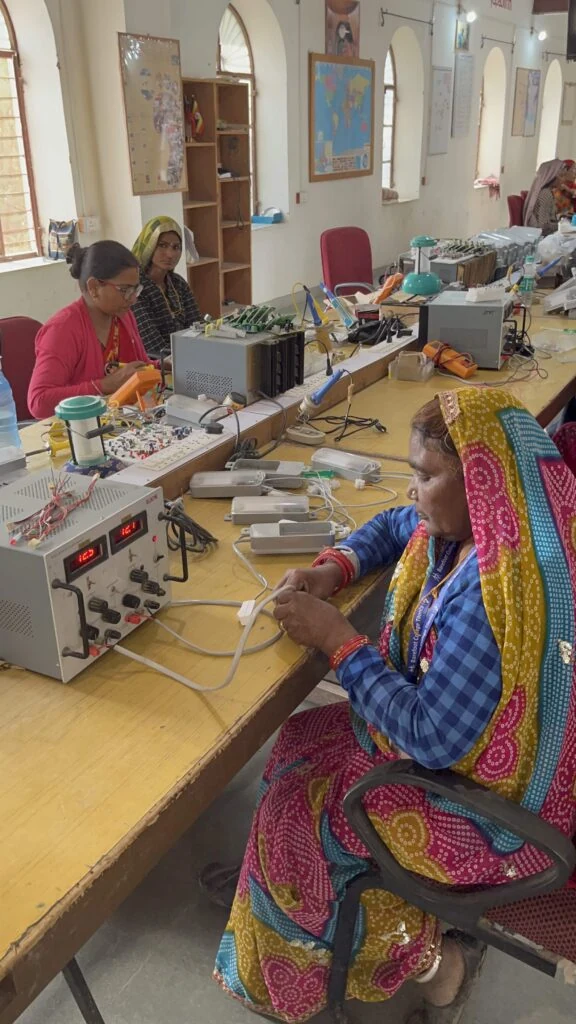
A solar-powered electronics class in progress| Photo Credit : Geetanjali Krishna
One village, one year, one change at a time
The model’s power lies in its elegant simplicity and grassroots foundation. Roy firmly believes that change must start from the bottom. “You have to start from the remotest villages, whether it’s a Pacific island or rural Africa. One village at a time, one year at a time, that’s the Barefoot solution,” he said.
The Barefoot College has avoided the trappings of urban-based NGOs. “We never start a project in a city. It has to be based in a village, close to the people. You have to understand how they think and what they need.”
This approach has now spread to more than 23 states in India and over 90 countries globally, including 36 in Africa. At its core is a method that values doing over theory, indigenous knowledge over imported expertise, and community ownership over top-down charity.
The Barefoot College is supposed to be a sparking off process. People are adopting it and owning it, which is really the story behind the college.
Bunker Roy
The solar mamas
Perhaps the most remarkable facet of the Barefoot model is its solar engineering program, launched in 2005. In a world obsessed with digital literacy and Ivy League credentials, Roy did the unimaginable by training illiterate mothers from Africa to become solar engineers.
These women, dubbed “solar mamas,” undergo six months of training in Tilonia, Rajasthan using sign language and colour codes. Despite not knowing how to read or write, they learn to install, maintain, and repair solar-powered lighting systems. By 2011, 140 African women had returned home to electrify nearly 10,000 rural homes in 21 countries. By 2023, that number had soared past 50,000 homes.
Roy proudly noted, “They’ve generated 1.4 gigawatts of power across 96 villages, which is the equivalent of a nuclear power plant.”
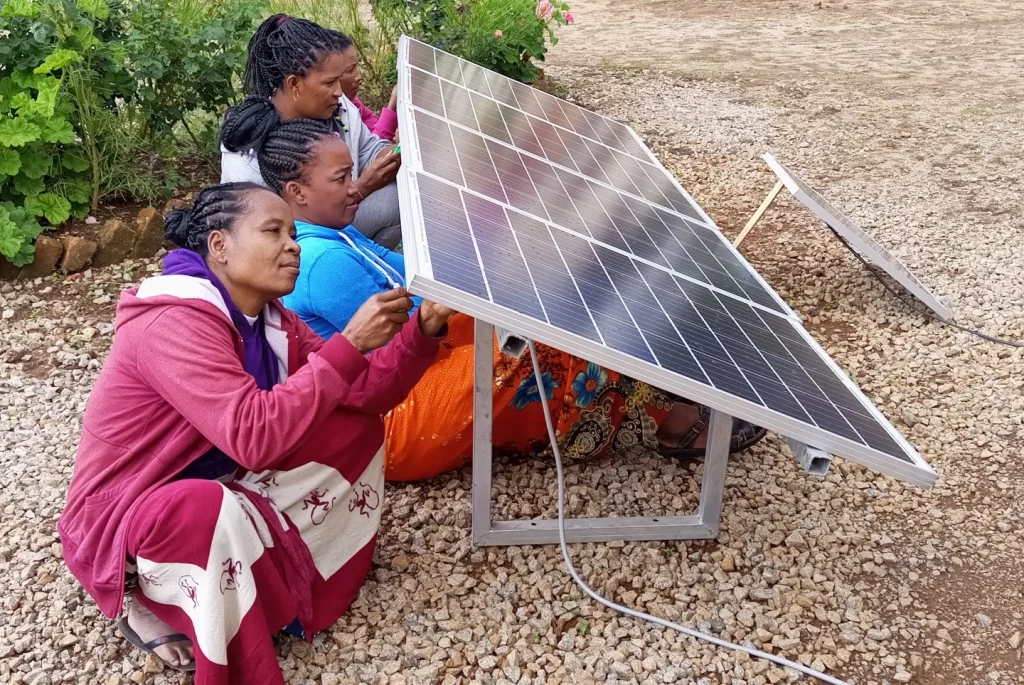
Solar Mamas at work | Photo Credit: Barefoot College
These women return with more than skills. “They come back like tigers,” Roy smiled. “Many were told by their husbands, ‘Go to India and I’ll divorce you.’ But when they returned as engineers who electrified the entire village, some told their husbands, ‘I’m better off without you.’” The transformation is profound, turning marginalization into empowerment and inspiring entire communities.
Technology with a human face
In an era of digital noise, the Barefoot College has embraced communication tech not to dazzle, but to democratize. Roy’s 2011 TED Talk, viewed over 4.4 million times in 45 languages surpassed even Bill Gates and Al Gore in traction that year.
Yet, Roy’s use of technology is grounded. “The only sustainable solution is to decentralize and demystify. Let people understand and own the tools that improve their lives. It’s not about mass production but production by the masses, as Gandhi said.”
This ideology is in sync with Barefoot’s practical programs of solar engineering, water harvesting, education, and health. All these programs are conducted in modest, chairless buildings with dirt floors, making indigenous students feel at home.
Philanthropy and the real world
For Roy, philanthropy must evolve from elite-led to grassroots-anchored. “Communities are applying pressure. They want delivery, not promises,” he said. “Philanthropists must bridge the trust and credibility gap and work directly with grassroots organizations.”
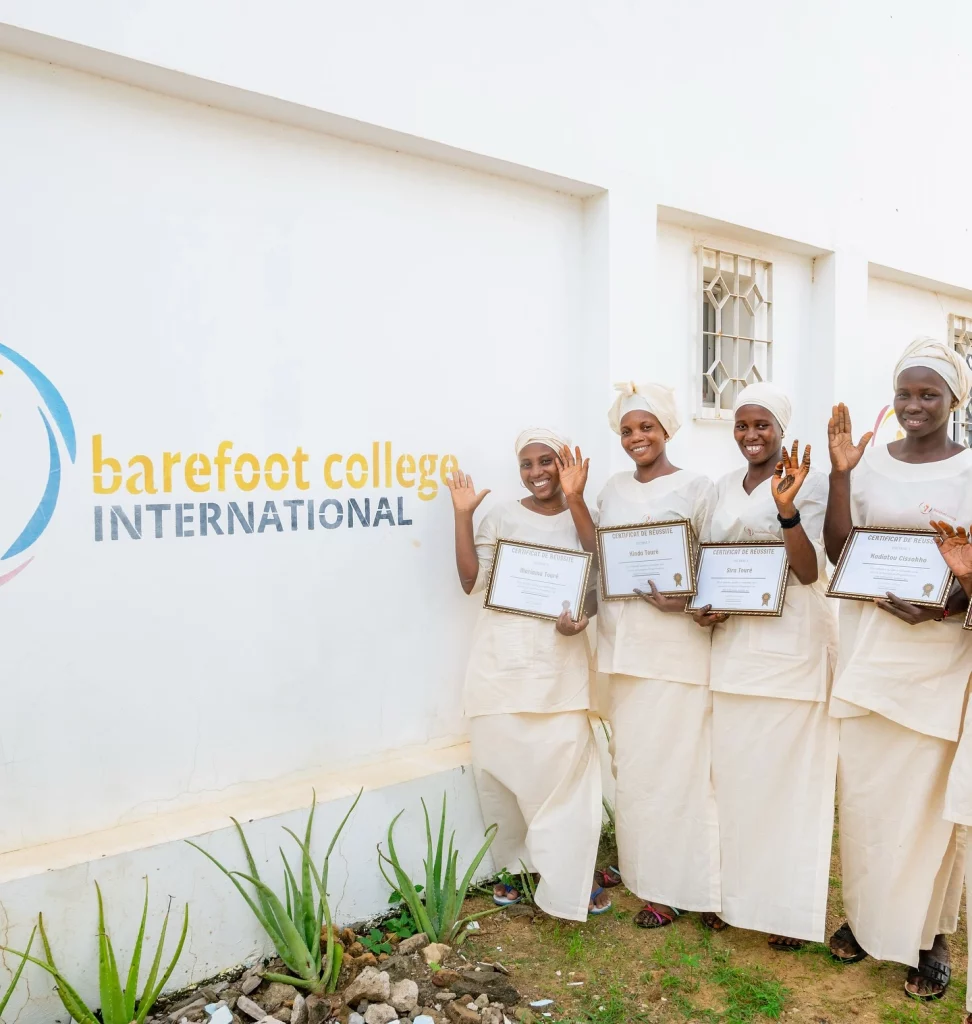
African women after receiving certification | Photo Credit: Barefoot College
Bunker Roy’s vision calls for disrupting the hierarchical chains of aid and development. “There are too many layers. Why not choose organizations with a track record and work directly with them?”
He calls the so-called third world “the real world,” home to the majority of humanity. “What can the first world learn from us?” he asked. “Compassion, generosity, simplicity. Simplicity is the ultimate sophistication.”
Lessons from the pandemic: Reverse migration and revival
COVID-19 has only sharpened Roy’s insights. “The reverse migration from cities to villages was massive,” he noted. “People walked hundreds of miles. Now they want to stay. Artisans are reviving traditional crafts. Government programs like India’s Rural Employment Guarantee are offering real alternatives to slum life.”
Barefoot College has since supported hundreds of artisans, helping them market their crafts online. In Roy’s eyes, COVID, tragic as it was, inadvertently jump-started a rural renaissance. “There’s an invisible revolution happening in India today,” he said.

A rural woman in India solving a technical problem
The barefoot way forward
Through the Barefoot College Bunker Roy has ignited a movement. He has shown the world that you don’t need to be literate to be educated, you don’t need a degree to be dignified, and you don’t need outside saviours to be empowered. In Roy’s world, simplicity is not naivety, it is radical.
The Barefoot model is not for the first or second world. It’s for the real world.
Bunker Roy
From the deserts of Rajasthan to the savannahs of Africa, Bunker Roy’s vision is proving that the future doesn’t arrive from above, rather it’s built from below.
- Visit the Barefoot College website to learn more about the movement

